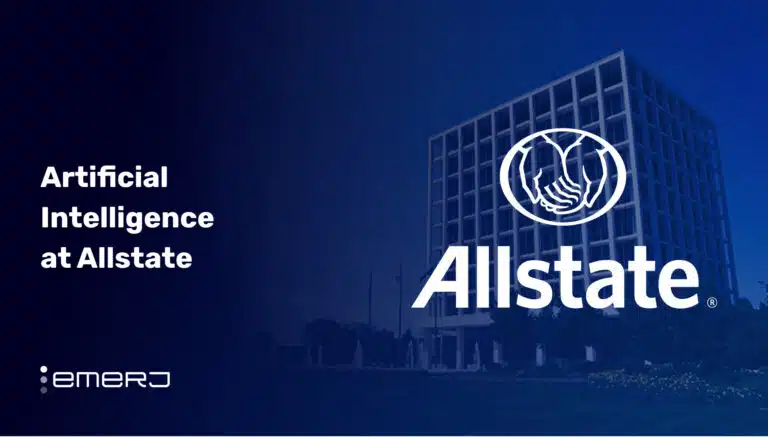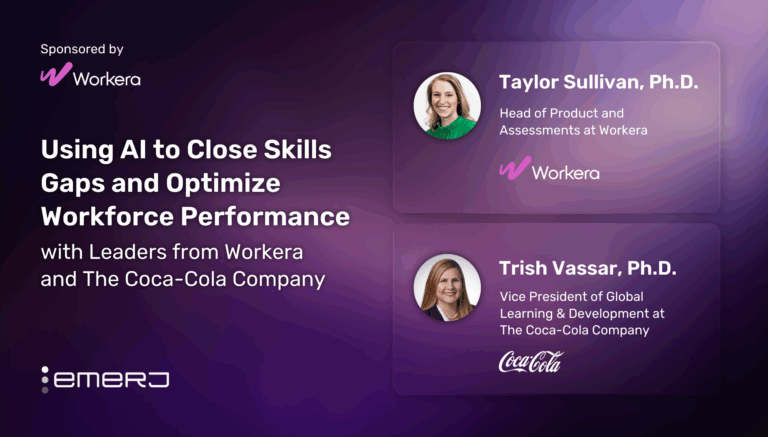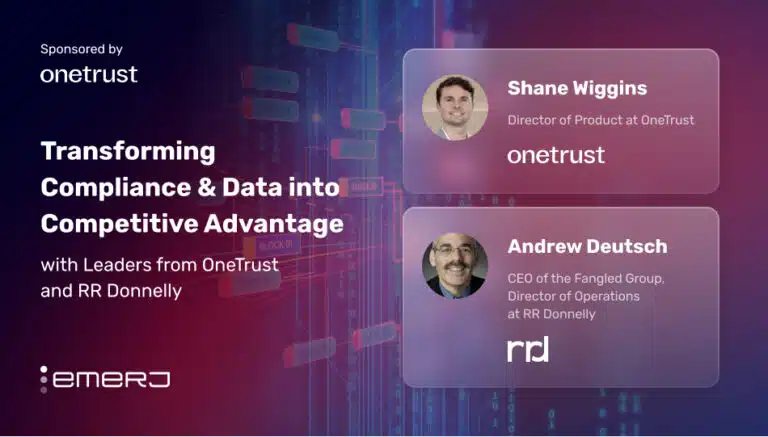The insurance sector is highly competitive, and there seems to be a consensus among experts that customers in the industry favor insurance products that are tailored to their unique needs. Large insurance firms could deliver personalized customer experiences and improve their operational efficiency by adopting AI.
Our own research on AI in insurance and surveys conducted by large consulting firms seem to suggest that AI is likely to be a disruptive driver for the insurance industry in the next three to five years. The Insurance AI & Analytics Survey 2018 reported that 70% of all North American insurance carriers have already invested in AI and machine learning projects.
One reason major insurance firms are adopting AI is that the insurance sector has historically collected huge volumes of data in the form of claims data, customer information records, and other internal enterprise data. Most AI applications in insurance begin with the availability and access to such large amounts of data.
In partnership with Insurance Nexus, we aim to answer the following questions about how AI could disrupt business operations and customer experiences in the insurance industry:
- What are the key factors driving the adoption of Ai in insurance?
- How can business leaders in insurance improve operational efficiency and provide better customer experiences using AI?
- What are the biggest challenges that large insurance businesses could face while implementing AI projects?
Collecting and Preparing Insurance Data for AI
The insurance industry has historically collected a large amount of data, and in recent times the cost of collecting and storing that data has drastically reduced. In the last two or three years, insurance firms have started to leverage their large stores of structured and unstructured data by using machine learning algorithms to gain insights from that data or personalize their product offerings for their customers.
Senior Vice President of Finance Technology, Data and Process at MetLife, Paul Travers explains:
The availability of both structured and unstructured data is unprecedented… insurance is just ripe for disruption.
But just having access to data does not ensure successful AI implementations. In many cases, insurance firms can find their unstructured data needs to be formatted in a certain way to make it machine-readable. Additionally, managing their data may involve several steps before they can be input to a machine learning algorithm that can learn to identify trends based on these training datasets.
New-age insurance customers seem to prefer insurance products that are tailored to their needs. For example, customers looking for auto insurance might want their insurance providers to price their offerings based on how safe a driver they are, with cautious drivers having to pay smaller premiums.
Furthermore, customers today expect insurance firms to offer customer service across several channels, including calls, email, or messaging platforms. Attracting millennial customers very well could require insurance carriers to offer better customer experiences in a way that the younger demographic has been accustomed to in recent years.
AI for Operational Efficiency in Insurance
Challenges in data management are compounded by the fact that much of the data collected by insurance firms are stored on legacy systems. Additionally, this data could be stored in several different geo-locations and on systems incompatible with one another.
Thus, while companies may have access to the data and the technical expertise to implement machine learning projects, they first need to understand how to structure their data.
For large insurance firms, developing AI projects aimed at improving operational efficiency or finding new revenue opportunities might involve leveraging internal data about financial and operational performances. However, truly harnessing the benefits of machine learning algorithms and the processing power now available to insurance companies in some cases may require AI systems to be trained on data external to the company.
For instance, large insurance carriers might have historical records of their financial performance from SEC filings, but training AI software on the SEC filings of hundreds of insurance firms could allow companies to make use of predictive analytics. In other words, leveraging their internal data alone may help insurance carriers develop their risk strategies based on operations that have already occurred, but training machine learning algorithms with external data from other companies as well might help insurance firms predict loss events even before they occur at the company the first time.
Furthermore, AI capabilities such as NLP allow for the automation of data extraction and input (which can be laborious if done manually), saving time and costs for insurance carriers.
Similarly, insurance carriers can leverage their data and machine learning capabilities to predict business risks or risks from fraudulent claims. Utilizing both internal and external data, insurance carriers can not only find ways to resolve risk issues but also predict future risks and develop strategies to avoid them.
In addition, AI software can give insurance carriers the ability to offer real-time pricing based on external data such as information from IoT sensors. This would allow insurance firms to improve their operational efficiency and reduce risk or total claim amounts that need to be paid out to customers.
Vikram Renjen, SVP of Insurance for Sutherland states:
With supplemental GPS data, wearables could monitor and report on compliance to the rehabilitation protocol of a disability claimant. Improved compliance would shorten the time until return to work.
As another example, IoT water sensor data at a corporate client’s offices could help inform them about possible leakages much beforehand, potentially reducing the claims amounts from that particular client. For example, IoT water sensor data at a corporate client’s offices could help inform them about possible leakages much beforehand, potentially reducing the claims amounts from that particular client or mitigating the event entirely.
AI for Improving Customer Experience in Insurance
The preferences of younger insurance buyers are different from those of traditional insurance customers. Younger customers and millennials expect omnichannel customer service and more personalized offerings. This is forcing insurance carriers to rethink how they offer customer service and experiences to younger customer segments. Several insurance firms have experimented with chatbots, which can help customers get answers to some of their more frequently asked questions. Additionally, these chatbot services help free up valuable time for human customer service representatives who might then focus on more complex queries and customer issues.
Customer-facing chatbots are currently a more common use-case for insurance companies. A fewer number of insurance firms are developing internal enterprise chatbots that might allow human customer service representatives to search and discover information from their data faster and more accurately.
Such implementations might use robotic process automation (RPA) to navigate through an insurance carrier’s internal data resources. At the same time, insurance firms can augment the capabilities of their customer service representatives by allowing them to interface with this type of software automation in the form of questions in natural language through chatbots.
Nationwide Director of Claims Data Analytics, Amin states:
While there are areas we could plug in AI…maybe that’s a simple change of our system…that will make the member feel like they have a more personalized experience.
Larger insurance firms have to develop work-arounds for collecting and storing data from their various legacy systems. The same is not true for new and smaller competitors, which makes it more challenging for the larger insurance carriers to succeed at AI implementations.
That said, insurance firms can still offer their customers personalized insurance products and might see improved brand loyalty, customer satisfaction and revenues as a result of using AI software.
Radim Rehurek, PhD in Computer Science from the Masaryk University Brno and founder of RARE Technologies stated in an interview with us:
Customer service teams in insurance firms can also gain useful information, such as…the top complaints from customers and develop a database for the most common ones. Upgrading legacy workflows such as routing customer complaints to the right divisions saves the company costs in terms of number of human hires. But analytics and clustering of this data is what really drives revenue.
The Culture of Connectivity
Insurance enterprises shouldn’t expect to hire some data scientists and have them get to work on creating valuable machine learning models. Any AI project’s success will depend on how well the business and technical teams can communicate with each other. Additionally, business leaders in insurance will need to ensure that the efforts of these two groups are combined towards a concrete positive effect for the overall business. We call this the culture of connectivity, where subject-matter experts can relay information to data scientists in terms they can understand.
In several cases, having the two teams interact with each other as often as possible is proving highly beneficial to insurance carriers implementing AI projects. Experts in the insurance domain who have gained nuggets of wisdom over several decades may understand the right course of action for a claim application or have a good intuition about which claims are fraudulent. Incorporating domain knowledge is key to developing AI systems that have the most business value.
Traditionally, the insurance market has been dominated by large insurance carriers whose legacy product lines haven’t evolved in several decades. This reluctance to change will carry over to AI implementations, and business leaders will have to carefully choose which business functions might benefit the most from AI-enhanced automation in order to justify the initiation of such projects.
For example, it should be clearly indicated to existing employees that any AI automation initiatives aimed at improving the claims process are focused on augmenting the capabilities of human claims management professionals as opposed to completely replacing them.
In the short term, it is highly probable that many AI applications and use-cases in the insurance industry will be developed with the specific focus of improving the capabilities of existing employees. AI software is much better than humans at tedious repetitive tasks, such as data entry or data capture, while human analysts are currently more skilled at higher-level analysis and tasks that involve more complex or long term understanding of process outcomes.
Procuring a Team for Building AI Models
Most AI projects require inputs from multi-disciplinary teams which include insurance professionals, data scientists and software developers. Hiring and retaining good data science talent is likely to be challenging for insurance firms.
Bridging the gap between the executives who understand insurance and the data scientists who understand the technical aspects of AI might be of key importance to insurance carriers when it comes to successfully implementing AI software.
Some insurance firms have set out to tackle the hiring challenge by setting up partnerships with universities and colleges to groom data scientists and simultaneously give them a grasp of the insurance space.
Paul Travers elaborates:
People got to where they are because they operated in a culture and they exhibited certain behaviours that were rewarded…and now, everything is changing in the nature of the job.” People are now realizing “that what got them to their current level and position is definitely not what is going to propel them forward in the future.
Insurance firms can also develop these multi-role capabilities in existing employees. For instance, Nationwide’s Amish Amin explains:
Our data scientists go, handle a claim, go, get on the roof of that house… spend a few weeks in the field, in the call centre, to gain an understanding of what is actually happening.
The Near-Term Future of AI in Insurance
The insurance industry is likely going to be disrupted by the use of AI software in the near future, and businesses that embrace the upcoming changes with a solid plan of action will fare better in the transition period.
It is likely that in the next five years we will see most large insurance firms applying AI to gain insights from unstructured data while simultaneously offering omnichannel customer service. Predicting and preventing risk and the ability to offer highly personalized products to each customer are also likely to be commonplace in the near future for most insurance carriers.
Insurance businesses may want to view the upcoming AI disruption as an opportunity and plan for not only surviving in the new environment but for leveraging the technology to thrive in global markets. Resistance to change will likely prove the largest obstacle for staying competitive.
This article was sponsored by Insurance Nexus, and was written, edited, and published in alignment with our transparent Emerj sponsored content guidelines. Learn more about reaching our AI-focused executive audience on our Emerj advertising page.
Header Image Credit: Parsvnath Developer





















